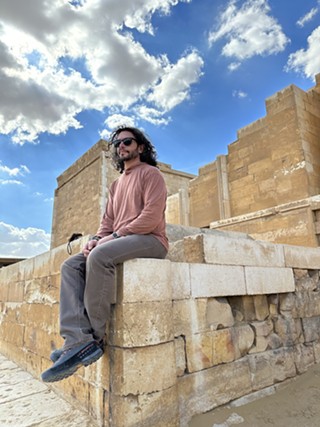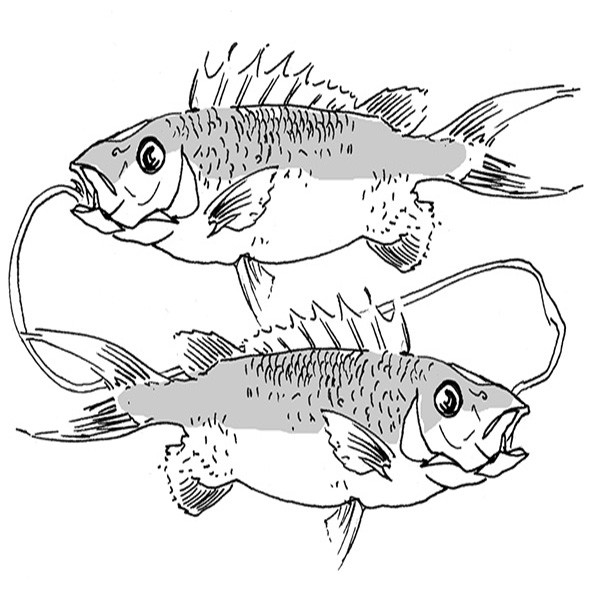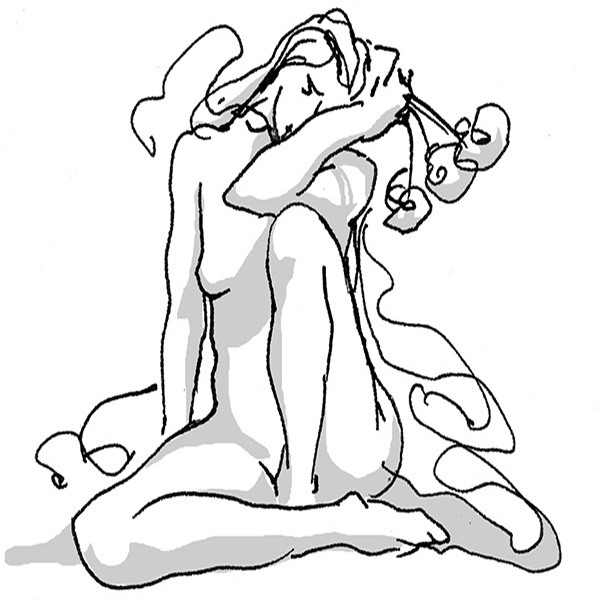Esteemed Reader of Our Magazine:
We piled into the car for the short ride to school one morning. As I started the engine the radio came on. It was the news, reporting something important-sounding about the Secret Service. I hastily turned it off, as I registered it wasn’t material my five- and seven-year-old boys needed to hear.
But it was too late.
“What’s the Secret Service, dad?” one piped up from the back seat as we drove.
Thinking about the possible answers for a moment, I knew I didn’t want to get into the meaningless mythology of presidents and their protectors. No, a deeper, actually meaningful mythology was needed. “Secret Service is when you do something really nice for someone, and don’t tell anyone about it. You know, like going to your grandma’s when she isn’t home and fixing the broken fence in her yard.”
Silence.
Then, “Wow… that’s cool. We should do that!”
For a moment I felt fortunate—to have been graced with an opportunity to turn something so banal as a scandalous news headline into actual meaning for my children. It was like a little bud of lotus flower sprouting up from the mud.
And then I realized that what I was suggesting is something I know almost nothing about. Humbled, I couldn’t think of a single example of doing secret service for someone. Sure I try to do helpful things for others like the rest of us, but I was pretty sure I always somehow let them know it’s me, and get that special hit of recognition as I behold the look of appreciation in their eyes.
So it was clever talk, but not backed up by much experience. Alas, the seed of an intention to approach anonymous assistance took root.
What was also clear is the difference between influences that have intrinsic meaning, and those that don’t. This is why I turn off the radio when my kids get in the car, when what they would get is random noise masquerading as music, meaningless opinionating, commercials, and news about the results of the mass psychosis under which collective humanity exists (at least at the level which is reported). Imbibing that stuff into their tender minds (let alone our own) is like serving up wine coolers and TV dinners with Twinkies® for dinner.
But is it true that there are levels of influences? My instinct and intuition have always said yes, some influences are finer, more reflective of the real world, showing not just random, isolated parts, but expressing more about living systems.
This, I think, is why we are drawn into nature. For in all its multifarious fecundity of living and adapting the forest can’t not feel of a perfect piece. There is a harmony resounding in the woods—in the singing of peepers, the creaking of bowing oaks, the wind blowing through leaves—that awakens our own nature, and allows our being to sing more sweetly for itself. It is why we are more nourished by a living sunset than one on a television screen, more deeply fed by the impression of a starry sky than an iPhone screen.
In the same way, it is from artists and architects, writers and engineers, musicians and scientists whose efforts flow from a connection with their own being that the best work comes. Which is not to say that their work resembles nature (though it might) for we are human, with a unique mode of expression that often defies the patterns of the wild. No, it is that a connection with the totality of our own nature, our essence, that gives rise to creations that reflect the integral microcosmoses that we are.
Consider masterpieces—the David, the Mona Lisa, Notre Dame, the Great Pyramid—for example—that evoke an almost identical feeling of awe in everyone with any sensitivity. They reflect and enliven a space that is already present within us. It is not a pouring from the empty into the void, but from wholeness to fulfillment.
Recently, my seven-year-old, who has a keen interest in the meaning of words, asked, “what is truth, really? It’s not just the correct answer, right?” (He has a habit of saying “right?” at the end of every statement, with a charming soprano lilt at the end.)
Feeling the importance of the question, I told him the story of the blind men who encounter an elephant, and grope around trying to understand what it is. The one who feels the elephant’s leg is sure the animal resembles a tree trunk; another, who touches the tail argues that it is like a rope; a third, grasping the ear insists it’s an undulating sheet of leather; and yet another, fondling the trunk, argues that the creature is, in fact, a long hose.
“Which one is telling the truth?”
“None of them. They all think they are correct, but not one of the answers is true,” he said.
“What’s the truth?”
“The truth is, it’s an elephant.”
- Home
- Arts
- Food & Drink
- Towns
- Home & Design
-
Towns
- Accord
- Amenia
- Beacon
- The Berkshires
- Catskill
- Chatham
- Cold Spring
- Cornwall
- Ellenville
- Gardiner
- Garrison
- Germantown
- Goshen
- Great Barrington
- Hunter
- High Falls
- Highland
- Hillsdale
- Hopewell Junction
- Hudson
- Hyde Park
- Kerhonkson
- Kinderhook
- Kingston
- Marlboro
- Middletown
- Millbrook
- Millerton
- Montgomery
- Mount Tremper
- New Paltz
- New Windsor
- Newburgh
- Orange County
- Pawling
- Peekskill
- Phoenicia
- Poughkeepsie
- Putnam County
- Red Hook
- Rhinebeck
- Rosendale
- Saugerties
- Stone Ridge
- Sugar Loaf
- Tivoli
- Wappingers Falls
- Warwick
- Woodstock
- Westchester
- Lifestyle
- Horoscopes
- Cannabis
- Wellness
- The River
- Events
- Chronogrammies
- Newsletters
- Add Your Event
- Support Us
- Login
- sign in
- Username
Support Chronogram
Related Content
Website
Chronogram


















